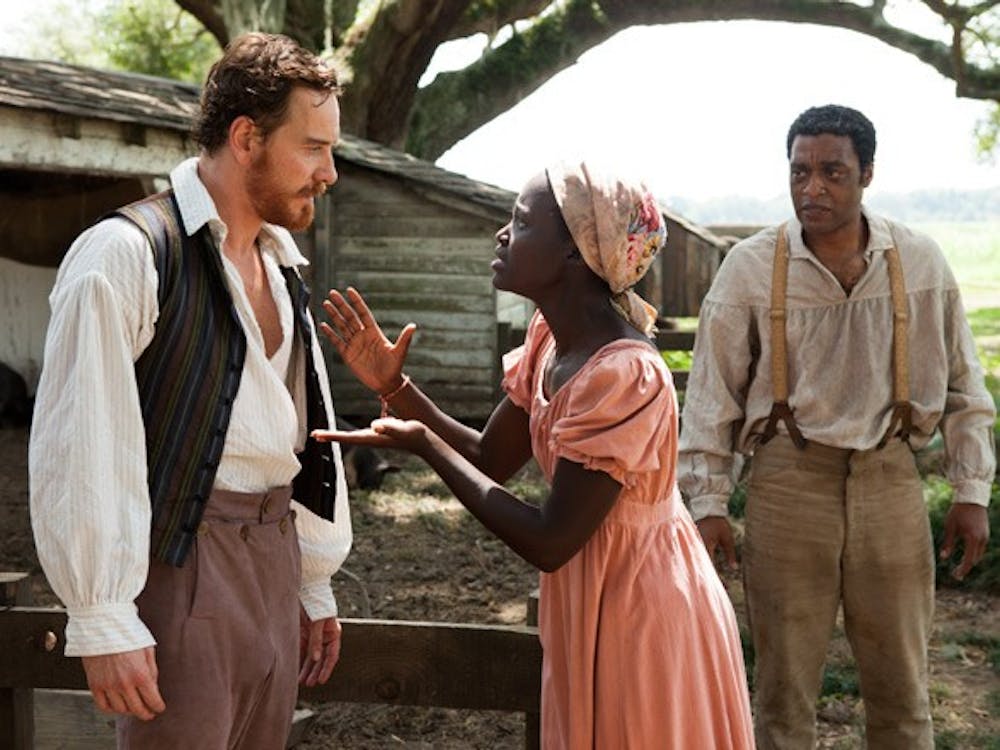Steve McQueen’s latest masterpiece, “12 Years a Slave,” is less of a film one watches than a piece of art one experiences. The follow-up to McQueen’s dramatic study on sex addiction, “Shame,” “12 Years a Slave” again tackles a topic society approaches with discomfort: slavery. The film is based on the 1853 autobiography of Solomon Northup, a free African American man from upstate New York who is kidnapped and sold into slavery. “Slave” chronicles Northup through his next twelve years spent in labor on Louisiana plantations.
The narrative is harrowing and horrifying. Thanks to the breakthrough performance of Chiwetel Ejiofor as Northup, alongside the often-underappreciated Michael Fassbender as slave-owner Edwin Epps, the audience feels the pain, fear and hatred that they in their freedom have never felt. Scene after scene, image after image, the portrait the film paints is simply overpowering. A seemingly never-ending scene which depicts Northup standing on his tiptoes, noose around his neck, hands tied behind him, struggling for air, while his fellow laborers are forced to conduct their daily business around him presents an exhibit that will never be lost in the archives. Furthermore, the sickening sight of a young woman’s shredded back, fresh from whipping post, is emotionally jarring.
The film is not perfect. Presented in McQueen’s typical art house style, it clearly wasn’t crafted with the casual moviegoer in mind. The cinematography is obviously used to shock. But neither takes away from its value as a film. In fact, all Americans ought to see it, if for no other purpose than to receive a lesson in the history of this country. It’s just a shame that it was an Englishman curating the American exposition.Grade: A Rating & Runtime: R, 134 mins. See if you liked: "The Pianis"

